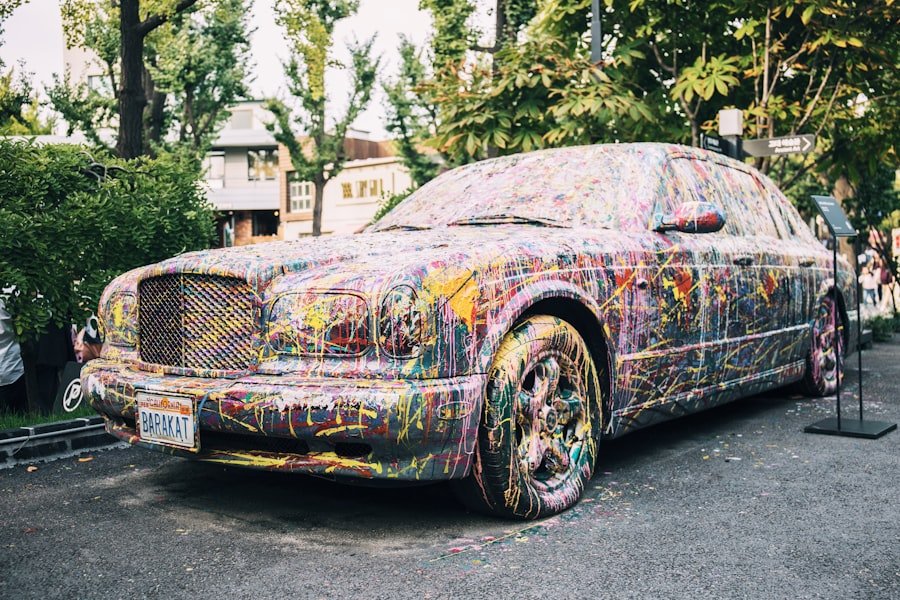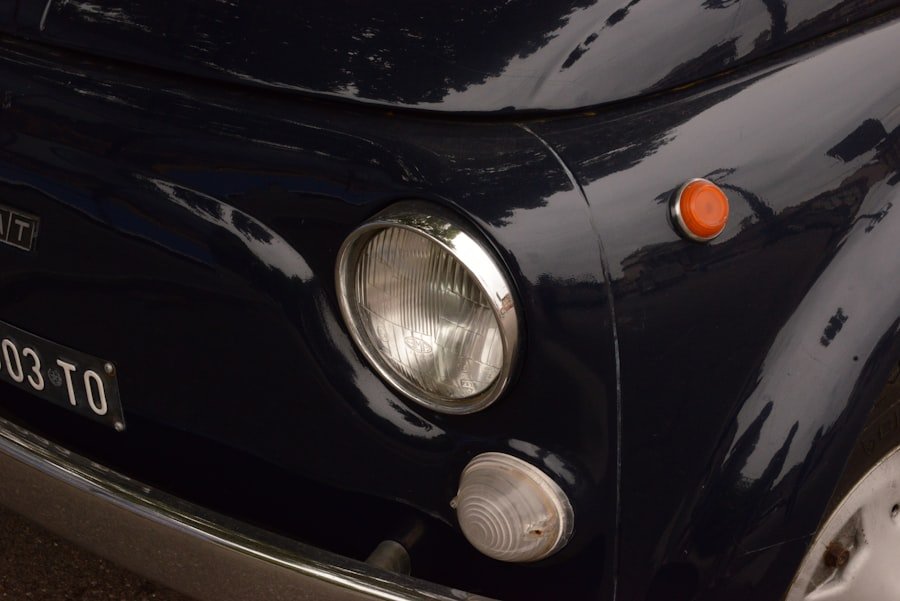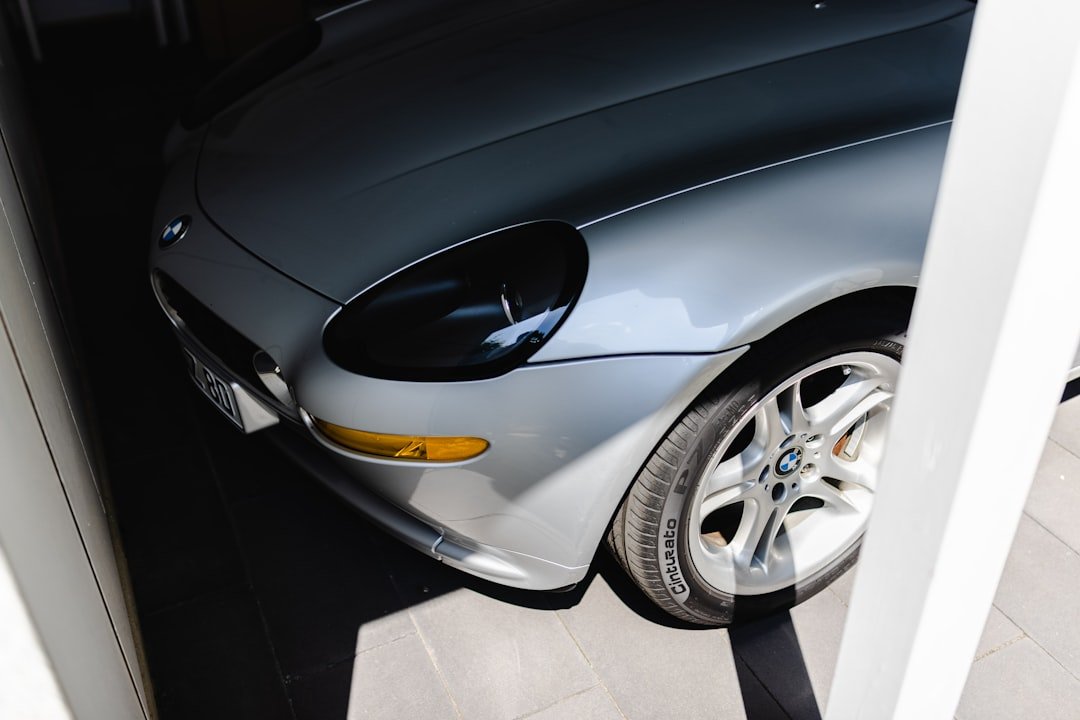Scratches on a vehicle’s surface can vary significantly in depth, severity, and cause. Understanding these differences is crucial for determining the appropriate repair method. Superficial scratches, often referred to as clear coat scratches, typically affect only the outermost layer of the paint.
These scratches are usually caused by minor incidents such as brushing against a bush or a careless car wash. They can often be remedied with simple polishing techniques or scratch removal products designed for light surface damage. On the other hand, deeper scratches penetrate through the clear coat and into the base paint layer, and in some cases, they may even reach the primer or metal beneath.
These types of scratches are often the result of more significant impacts, such as a shopping cart colliding with the vehicle or a keying incident. Repairing deeper scratches requires more intensive methods, including touch-up paint or even professional refinishing, as they can lead to rust and further deterioration if left untreated. Understanding these distinctions is essential for any vehicle owner looking to maintain their car’s aesthetic appeal and protect its value.
Key Takeaways
- There are different types of scratches, including clear coat scratches, primer scratches, and deep scratches.
- Gather necessary materials such as scratch removal product, microfiber cloth, and protective sealant before starting the repair process.
- Prepare the surface by cleaning and drying the scratched area before applying the scratch removal product.
- Use the scratch removal product according to the manufacturer’s instructions and apply it to the scratched area with a microfiber cloth.
- Buff and polish the surface to blend the repaired area with the surrounding paint and check for any remaining scratches.
Gathering the Necessary Materials
Before embarking on the scratch repair process, it is essential to gather all necessary materials to ensure a smooth and efficient repair. The first item on the list should be a quality scratch removal product. There are various options available on the market, including scratch repair kits that come with everything needed for minor repairs.
These kits typically include a polishing compound, applicator pads, and sometimes even a microfiber cloth for buffing. In addition to the scratch removal product, having a few other tools on hand can make the process easier. A clean microfiber cloth is crucial for applying products and buffing the surface without causing additional scratches.
If dealing with deeper scratches, you may also need touch-up paint that matches your vehicle’s color code, which can usually be found in the owner’s manual or on a sticker located in the driver’s side door jamb. Other helpful materials include masking tape to protect surrounding areas and a small brush for precise application of touch-up paint.
Preparing the Surface for Repair

Proper preparation of the scratched area is vital for achieving optimal results during the repair process. Start by thoroughly washing the affected area with soap and water to remove any dirt, grime, or debris that could interfere with the repair products. After washing, dry the area completely with a clean microfiber towel to ensure no moisture remains that could affect adhesion.
Once the surface is clean and dry, inspect the scratch closely to determine its depth and severity. For superficial scratches, you may only need to polish the area lightly. However, if you are dealing with deeper scratches, it may be beneficial to lightly sand the area using fine-grit sandpaper (around 2000 grit) to smooth out any rough edges and prepare it for touch-up paint.
Be cautious during this step; excessive sanding can cause further damage to the surrounding paint. After sanding, wipe down the area again with a microfiber cloth to remove any dust particles before applying any products.
Using a Scratch Removal Product
| Product Name | Scratch Removal Effectiveness | Ease of Use | Cost |
|---|---|---|---|
| Product A | High | Easy | Affordable |
| Product B | Medium | Moderate | Expensive |
| Product C | Low | Difficult | Affordable |
When selecting a scratch removal product, it is essential to choose one that is appropriate for your specific type of scratch. For light scratches that only affect the clear coat, a polishing compound or scratch remover designed for automotive finishes will suffice. These products work by using fine abrasives to level out the surface of the clear coat, effectively blending the scratch into the surrounding area.
To use these products effectively, apply a small amount to an applicator pad or microfiber cloth and work it into the scratched area using circular motions. It is important not to apply too much pressure; gentle pressure is usually sufficient to achieve results without damaging the surrounding paint. Depending on the product’s instructions, you may need to let it sit for a few moments before buffing it off with a clean cloth.
For deeper scratches that require touch-up paint, ensure that you follow the manufacturer’s instructions carefully regarding application techniques and drying times.
Applying the Product to the Scratched Area
Once you have selected an appropriate product for your scratch type, it’s time to apply it directly to the scratched area. For light scratches treated with a polishing compound, dispense a small amount onto your applicator pad or cloth and gently rub it into the scratch using circular motions. This technique helps to evenly distribute the product while allowing it to penetrate into the scratch itself.
For deeper scratches requiring touch-up paint, begin by shaking the paint bottle well to ensure an even mixture. Using a small brush or applicator tool, carefully apply a thin layer of paint directly into the scratch. It is crucial to avoid overfilling; instead, aim for a level application that matches the surrounding surface as closely as possible.
Allow this layer to dry completely before assessing whether additional coats are necessary. In many cases, two or three thin layers will provide adequate coverage and blend seamlessly with your vehicle’s original paint.
Buffing and Polishing the Surface

After allowing any applied products to dry fully, buffing and polishing are essential steps in achieving a smooth finish that blends seamlessly with your vehicle’s existing paintwork. For light scratches treated with polishing compounds, use a clean microfiber cloth or buffing pad to gently polish the area in circular motions. This process not only helps remove any residue left from the product but also enhances shine and clarity in that section of paint.
If you have applied touch-up paint for deeper scratches, wait until it has dried completely before beginning this step. Once dry, use fine-grit sandpaper (2000 grit) very lightly over the repaired area to smooth out any unevenness created by the paint application. After sanding, buff again with a microfiber cloth to restore shine and blend the repair into the surrounding area.
This step is crucial; if done correctly, it can make even significant repairs nearly invisible.
Checking for Remaining Scratches
Once you have completed buffing and polishing, it is essential to conduct a thorough inspection of the repaired area to check for any remaining scratches or imperfections. Under different lighting conditions—such as direct sunlight or artificial light—examine the surface closely from various angles. This step will help you identify any spots that may require additional attention or further treatment.
If you notice any lingering imperfections or if certain areas still appear scratched, don’t hesitate to repeat previous steps as necessary. For light scratches, this may involve reapplying polishing compound and buffing again until you achieve satisfactory results. For deeper scratches that still show through after touch-up paint application, consider applying another layer of paint followed by additional sanding and buffing until you reach an acceptable finish.
Applying a Protective Sealant
After successfully repairing scratches on your vehicle’s surface, applying a protective sealant is an important final step that helps safeguard your work against future damage. Sealants create a barrier that protects against environmental factors such as UV rays, dirt, and moisture that can lead to further deterioration of your vehicle’s paint job over time. To apply a sealant effectively, choose one specifically designed for automotive finishes and follow the manufacturer’s instructions carefully.
Typically, this involves applying a small amount of sealant onto an applicator pad and working it into the surface using circular motions similar to those used during polishing. Allow it to cure as directed before buffing off any excess product with a clean microfiber cloth. This added layer of protection not only enhances shine but also prolongs the life of your vehicle’s paint job.
Preventing Future Scratches
While repairing existing scratches is essential for maintaining your vehicle’s appearance, taking proactive measures to prevent future scratches is equally important. One effective strategy is to park your vehicle in well-lit areas away from high-traffic zones where potential hazards like shopping carts or careless pedestrians are more likely to occur. Additionally, consider investing in protective films or coatings designed specifically for automotive surfaces.
These products can provide an extra layer of defense against minor abrasions caused by road debris or environmental factors. Regularly washing and waxing your vehicle also helps maintain its protective barrier while enhancing its overall appearance.
Seeking Professional Help for Deep Scratches
In some cases, DIY methods may not suffice for addressing deep scratches that penetrate beyond the clear coat into the base paint or primer layers. If you find yourself facing such damage, seeking professional help may be necessary to ensure proper repair without risking further harm to your vehicle’s finish.
They can assess damage accurately and recommend appropriate solutions such as repainting or refinishing affected areas using advanced techniques like blending or color matching that may be challenging for DIY enthusiasts.
Maintaining the Paint Job
Once you’ve successfully repaired scratches and applied protective measures, ongoing maintenance is key to preserving your vehicle’s paint job over time. Regular washing using pH-balanced car soap helps remove dirt and contaminants without stripping away protective coatings or waxes. In addition to routine cleaning, consider scheduling periodic detailing sessions where professionals can thoroughly clean and polish your vehicle while applying fresh layers of wax or sealant as needed.
This proactive approach not only keeps your car looking its best but also extends its lifespan by protecting against environmental wear and tear that can lead to more significant issues down the line. By understanding how to effectively address scratches on your vehicle’s surface while implementing preventive measures and maintaining its appearance over time, you can ensure that your car remains in excellent condition for years to come.
If you’re looking to give your car a fresh new look, you may also be interested in learning about affordable dining chair slipcovers to update the interior of your home. Additionally, if you’re someone who likes to keep things organized, you might want to check out tips on organizing your fridge to make the most of your kitchen space. And for those who enjoy spending time outdoors, consider reading about selecting the perfect outdoor kitchen for your home to enhance your outdoor living experience.
FAQs
What causes scratches on car paint?
Scratches on car paint can be caused by a variety of factors, including contact with abrasive materials, improper washing techniques, vandalism, and accidents.
Can scratches be removed from car paint?
Yes, minor scratches can often be removed from car paint using various methods and products designed for scratch removal.
What are some methods for removing scratches from car paint?
Some common methods for removing scratches from car paint include using scratch removal compounds, polishing compounds, touch-up paint, and professional detailing services.
Are there any DIY methods for removing scratches from car paint?
Yes, there are several DIY methods for removing scratches from car paint, such as using scratch removal kits, toothpaste, baking soda, and vinegar. However, the effectiveness of these methods may vary depending on the severity of the scratches.
When should I seek professional help for removing scratches from car paint?
If the scratches are deep, extensive, or if DIY methods have not been effective, it is recommended to seek professional help from a car detailing or body shop for removing scratches from car paint.

